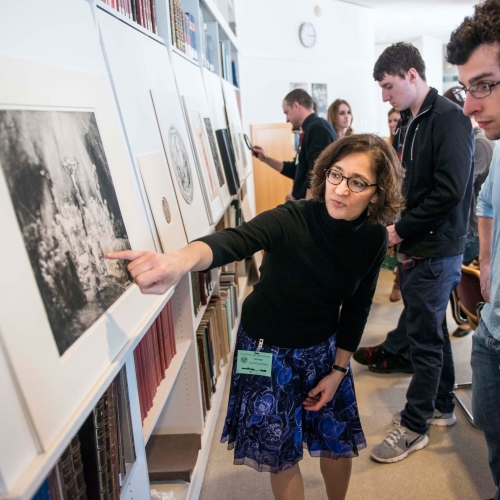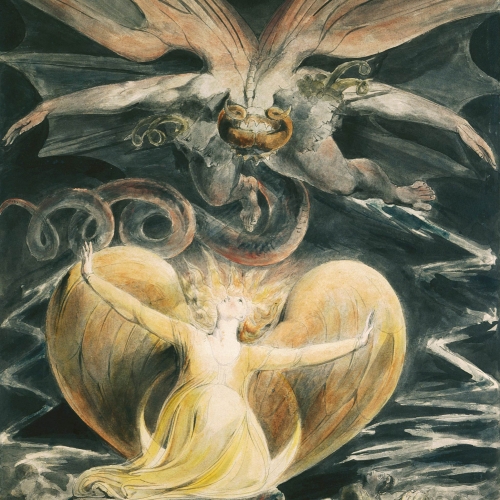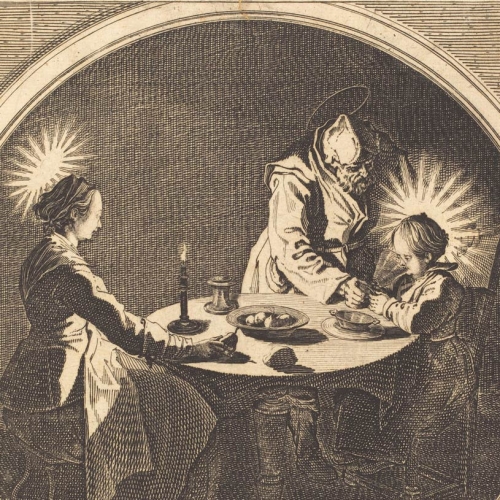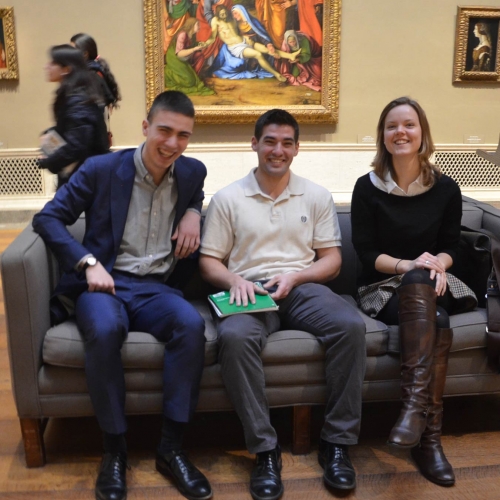Introduction
The genesis of the online exhibition Student Perspectives: Mary in the Art of Modern and Old Masters began last winter when President John Garvey invited me to lead our university’s efforts to develop programming in support of the National Museum of Women in the Arts’ forthcoming exhibition “Picturing Mary: Woman, Mother, Idea.” I was on leave at the time, but I accepted the project because of what Mary means not only to the faithful of the Catholic Church and our university but also to Western art and culture. Exalted for centuries, Mary’s virtues, sorrows, and joys have given form to many of the world’s most celebrated works of art and, prior to the modern skyscraper, most of the tallest and still most cherished buildings in the world were constructed in her name. As the distinguished historian Jaroslav Pelikan aptly noted: “The Virgin Mary has been more of an inspiration to more people than any other woman who ever lived.”
In planning academic and cultural events to honor Mary with my colleagues last spring, I wanted to challenge my own art history students to contribute to our university’s efforts in a way that would be synergistic, instructive for both my students and the public, and hopefully exciting. My students and I are delighted to present the results of our efforts here – a collaborative online exhibition of important art works inspired by Mary that belong to the American people.
Student Perspectives on Mary in the Art of Modern and Old Masters was co-curated by five CU undergraduate art history majors: Elizabeth Denholm, Kate Grabski, Charles Lavallee, Lucas Matheson, Rachel Tanzi. Their project began in earnest early last fall when the students went to the National Gallery to view the Marian images that they had each selected to study at first-hand and then to research in-depth. The project culminated three months later with each of the five students completing a thesis that explored the art works they had selected, and with each student writing very short narrative summaries of their research findings. The student’s short summary essays are offered together with their related images in the online exhibition below.
We hope that this exhibition effectively illustrates some of the remarkable ways that Mary’s image has inspired artists throughout the ages, at the same time that it demonstrates how Mary has continued to inspire students and scholars of art and faith today. In this process, we hope that it may inspire you, our viewers, as well.
Nora M. Heimann, Ph.D.
Chair and Associate Professor of Art History
The Catholic University of America









